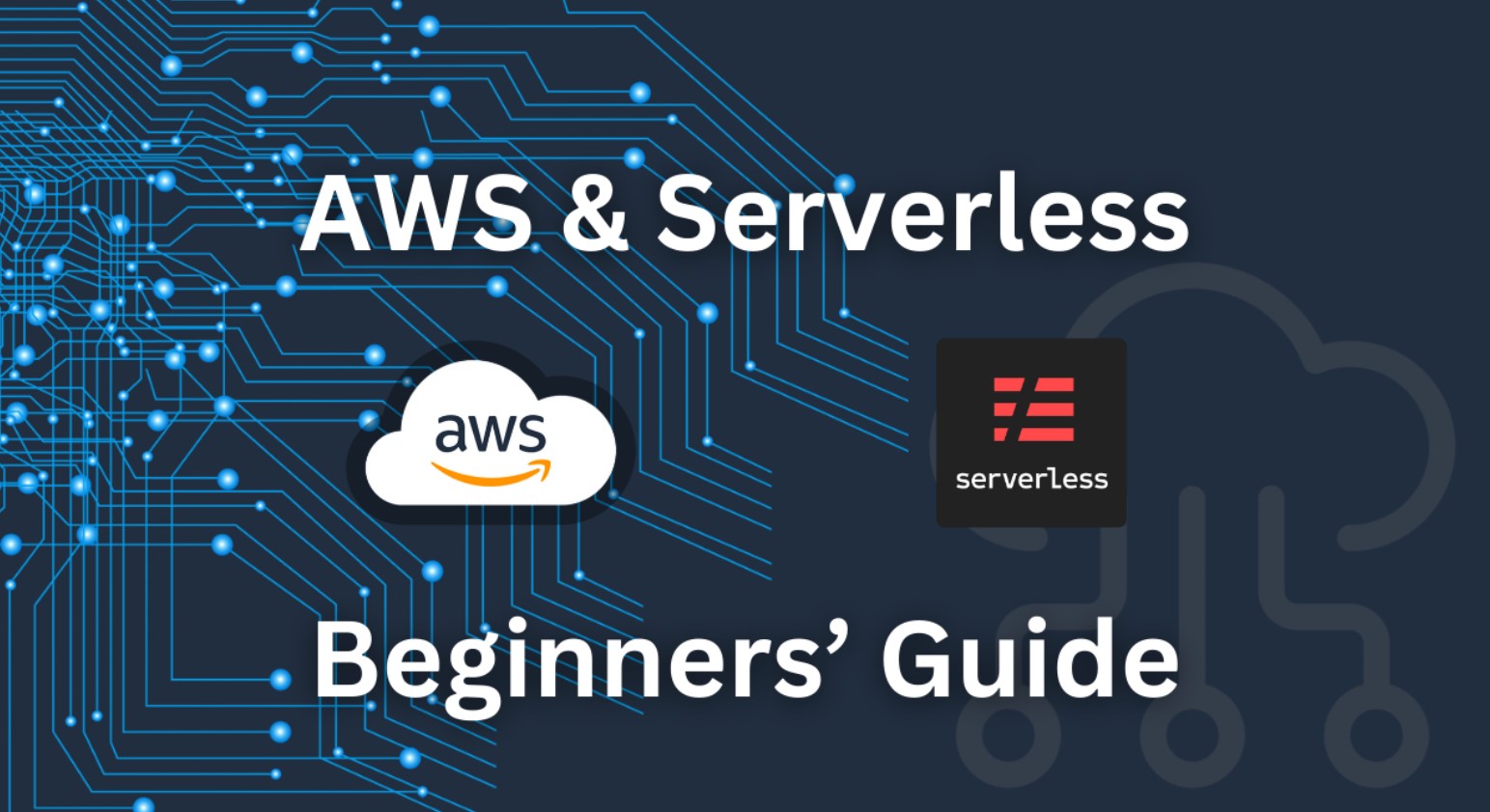
April 03, 2025
Getting Started with the Serverless Framework: A Beginner's Guide to Deploying Serverless Applications
Ever wondered how to deploy apps without server management? You could focus on writing code while the cloud takes care of everything else. Welcome to serverless computing! Developers can launch applications without infrastructure using the Serverless Framework. This article will show you how to launch your first serverless application using the Serverless Framework and a basic Node.js function on AWS Lambda. Let us see how simple it is to begin!
What is the Serverless Framework?
The strong open-source Serverless Framework enables serverless application deployment. Instead of managing virtual machines or containers, serverless computing lets the cloud provider handle the infrastructure. Popular technologies include AWS Lambda, a serverless computing service. The Serverless Framework simplifies cloud service interaction, letting you create and deploy event-triggered operations like HTTP requests and file uploads. Automatic scaling applications benefit from it.
Setting Up the Serverless Framework
Before creating your serverless app, set up these tools:
- Node.js and npm: The Serverless Framework relies on Node.js and npm, therefore install the newest versions on your PC. Download them from Node.js' website.
- Serverless Framework: Install the Serverless Framework globally using the following terminal command:
npm install -g serverless
- AWS Account: You will need an AWS account to deploy our function to Lambda. After creating an account, use the AWS CLI to set up your credentials:
aws configureAfter setting up, start your first serverless project!
Creating Your First Serverless Project
Now that everything is ready, start a serverless project. Run this in your terminal:
serverless create --template aws-nodejs --path my-serverless-app
cd my-serverless-app
The my-serverless-app folder will include a new project. The framework creates an AWS Lambda-ready Node.js application template. The serverless.yml configuration file controls how your service communicates with AWS and other resources.
The handler.js file has a (Hello World) function that responds. Start with this and deploy to AWS Lambda.
Writing Your Lambda Function
Next, update handler.js to construct a simple Lambda function. Replace the code in handler.js with "Hello, World!":
module.exports.hello = async (event) => {
return {
statusCode: 200,
body: JSON.stringify({ message: 'Hello, World!' }),
};
};Invoking this function returns a 200 status code and a JSON message stating "Hello, World!" This is the heart of our serverless function and its response when deployed.
Deploying Your Application
Your function is ready for AWS Lambda deployment. The following command deploys the app:
serverless deploy
The Serverless Framework packages your application, creates AWS resources, and uploads your Lambda function. The terminal will display an endpoint URL after deployment. Use this API Gateway endpoint to initiate your Lambda function.
Verifying the Deployment
The Serverless Framework outputs this after deployment:
Service Information
service: my-serverless-app
stage: dev
region: us-east-1
api keys:
None
endpoints:
GET - https://xyz123.execute-api.us-east-1.amazonaws.com/dev/hello
functions:
hello: my-serverless-app-dev-hello
Copy the endpoint URL and make a GET request in a browser using Postman. Expect the following response:
{
"message": "Hello, World!"
}
This confirms that your Lambda function is live and working correctly!
Conclusion
Congratulations! Successfully installed your first Serverless Framework application. A cloud-native application that grows automatically can be established with a few instructions. The Serverless Framework handles infrastructure so you can build advanced, event-driven services.
583 views
